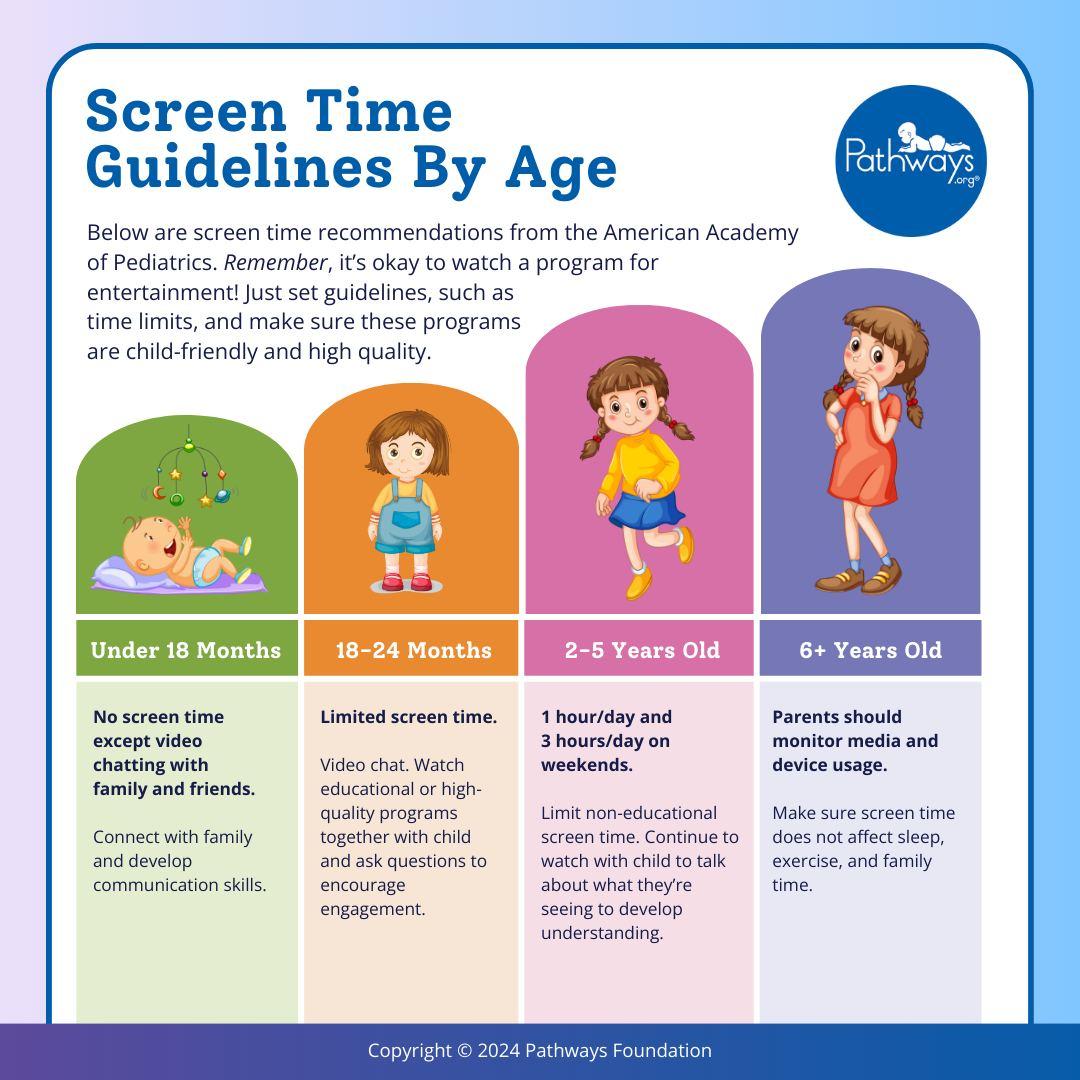How Can I Make the Most of Screen Time for Babies and Children?
If you’ve ever looked up a question about screen time for babies and children, you know there is a lot of information out there. You may want to use video chat so your baby can visit with their grandparents, or your little one may be asking to watch a certain show. For today’s parent, this can bring a lot of questions to mind. You may be asking: Is some screen time ok? Does it depend on my child’s age? How many hours a day can my child watch—or should I be limiting screen time? Are there ways to make screen time more engaging?

It can be a difficult topic to navigate, but it’s something many parents will be faced with. The great news is that if your little one watches screens, there are some simple ways to make it more engaging and educational for you child! Let’s talk about what we do know, so you can make the best decisions for your child and know more about limiting screen time for babies. Here’s some things to think about when using screen time with your child:
Consider your child’s age.
The American Academy of Pediatrics recommends that parents limit screen time for babies younger than 18 months to video chatting. Video chatting is a great way to connect with friends and relatives. For younger children, there can be benefits to connecting with others over video chat. They get exposure to back-and-forth communication and learn more about socializing.
If your child is older than 18 months, here is what the AAP recommends for screen time:
Between 18-24 months, media use should be very limited, which includes limiting screen time. You can offer opportunities for video chatting if desired and otherwise limit screen time to watching educational content with a caregiver. This includes any programs that help your child learn.
Between ages 2-5, they recommend limiting non-educational screen time. This means that children spend no more than one hour a day and three hours a day on weekends using screens.

Try to find interactive uses of technology.
What does “interactive use” mean? In simple terms, it means opportunities where children can talk with others can be great for them! Video chatting, for example, can help your child learn about social interactions and communication patterns. Conversations in video chats take place at a natural pace and allow you and your child to communicate in many different ways, just as you would if everyone were together!
Look for educational content.
For toddlers older than 18 months, experts recommend high-quality programming and educational content viewed with a caregiver. Look for interactive content that is slower-paced and includes topics related to everyday activities and familiar themes, like mealtime, playtime, or bedtime routines. Previewing apps and other content can help you decide if it is right for your child and whether to include it in screen time for baby.
Practice “co-viewing”
Co-viewing means you’re watching with your child and talking about what you are seeing. It can enhance your child’s language learning during screen time because you’re helping them learn new words, concepts, and how to talk about what they’re seeing! During co-viewing, try things like:
Sharing your excitement during favorite moments. For example, if a lion is on screen, you can say: “Wow! Did you see that lion? He said roarrrr!!”
Modeling imitation of sounds, words, and songs. This can look like repeating words that were said or singing along with music.

Expanding on moments that capture your child’s attention. For example, if you notice their face light up when a character blows bubbles on the screen, you can say, “I saw those bubbles too!” or say things like, “She blew so many bubbles! Then they popped!”
Talking about your favorite parts of content at other times during the day. Remember those bubbles? You can blow bubbles with your child and say things like, “Look! So many bubbles! They go pop-pop!” You can help your child practice the sounds and words learned during screen time in so many other ways. When you watch together, you have the opportunity to learn too!
Make screen time just one part of your day.
Children need lots of time to get physical activity, play with physical toys, and socialize with others in order to learn best! While screen time can add to their learning and development, make sure you and your child are having lots of other experiences together throughout your day.
This article was written by Stephanie Cohen, M.A., CCC-SLP, CLC. She is an ASHA-certified speech language pathologist, speaker, and author living in the Chicagoland area. She has both a bachelor’s degree and master’s degree in communication sciences and disorders from Northwestern University. Stephanie has worked with infants and toddlers and their families for over 20 years and loves helping caregivers support learning.





